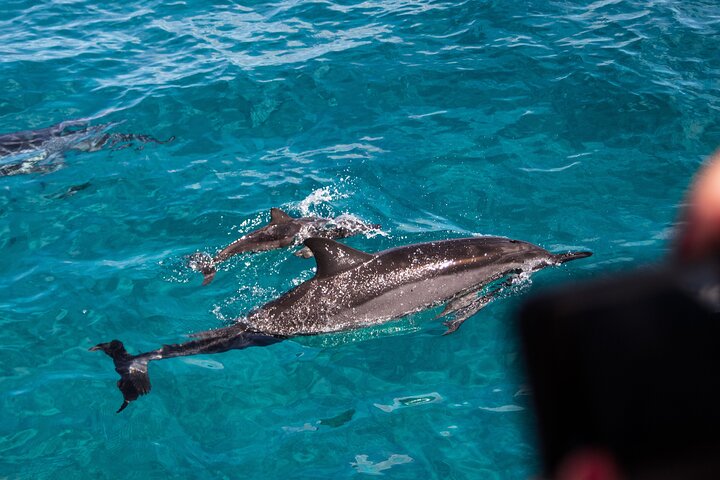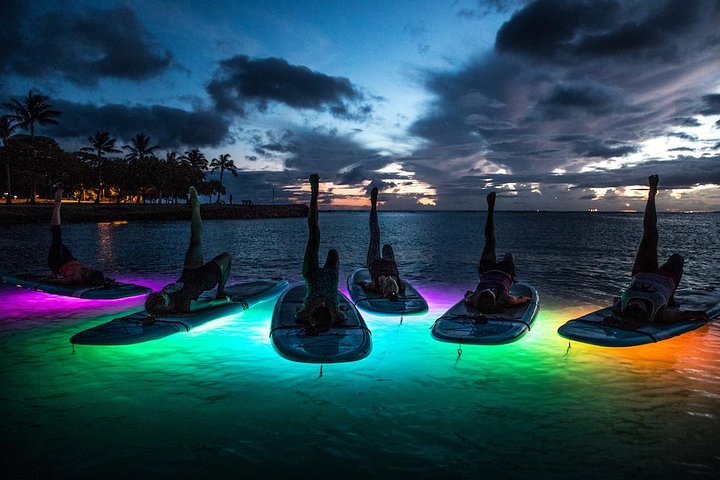Embracing Polynesian Heritage: A Day at Toa Luau in Waimea Valley
Drawn by the allure of Polynesian culture, I embarked on a journey to Oahu’s North Shore to experience the Toa Luau. What unfolded was a captivating exploration of tradition, dance, and community in the heart of Waimea Valley.
A Journey into the Heart of Polynesia
As a cultural anthropologist, I have always been drawn to the vibrant tapestry of traditions that define the Polynesian islands. My recent visit to the Toa Luau on Oahu’s historic North Shore was a profound experience that deepened my appreciation for the rich cultural heritage of this region. Nestled in the lush Waimea Valley, the setting itself was a testament to the natural beauty that Hawaii is renowned for. The valley, with its fragrant flower lei gardens and diverse plant life, provided a serene backdrop for the day’s events.
Upon arrival, the warm welcome from the Master of Ceremonies, cousin Si’i, set the tone for the day. His charisma and humor made everyone feel like part of an extended family, a sentiment that resonated deeply with me. The pre-luau activities were not just entertaining but also educational, offering insights into the skills and traditions of the Polynesian people. From the art of lei-making to the rhythmic beats of traditional drumming, each activity was a window into a world that has been preserved through generations.
The Dance of Fire and Tradition
The highlight of the evening was undoubtedly the Polynesian show, a vibrant display of dances from Hawaii, Tonga, New Zealand, Tahiti, and Samoa. Each performance was a narrative, telling stories of the islands’ history and mythology through movement and music. The fire dance, in particular, was a spectacle to behold. One of the performers, a 2024 world champion, showcased his mastery with a grace that left the audience in awe. However, it was the 13-year-old nephew of cousin Si’i who truly stole the show. His youthful exuberance and skillful handling of the fire knives were nothing short of mesmerizing.
The umu demonstration, a Samoan-style above-ground oven, was another fascinating aspect of the luau. While some might argue about the authenticity of this method compared to the traditional Hawaiian imu, I found it to be an enriching experience. It was a reminder of the diversity within Polynesian cultures and the unique ways in which they have adapted their traditions over time. The kava ceremony that followed was a moment of reflection, a chance to connect with the spiritual essence of the islands.
A Feast for the Senses
No luau would be complete without a feast, and the Toa Luau did not disappoint. While the food might not have been the highlight for some, it was a delightful accompaniment to the evening’s festivities. The flavors were a blend of traditional Polynesian cuisine, offering a taste of the islands that was both satisfying and authentic. It was a reminder that a luau is not just about the food but about the communal experience of sharing a meal, a tradition that is central to many cultures around the world.
As the evening drew to a close, I found myself reflecting on the significance of such cultural gatherings. The Toa Luau was more than just a performance; it was a celebration of heritage, a bridge connecting the past with the present. For those seeking a deeper understanding of Polynesian culture, this experience is a must. It is a reminder of the beauty and resilience of these island communities, and a testament to the power of tradition in shaping our identities.



















































